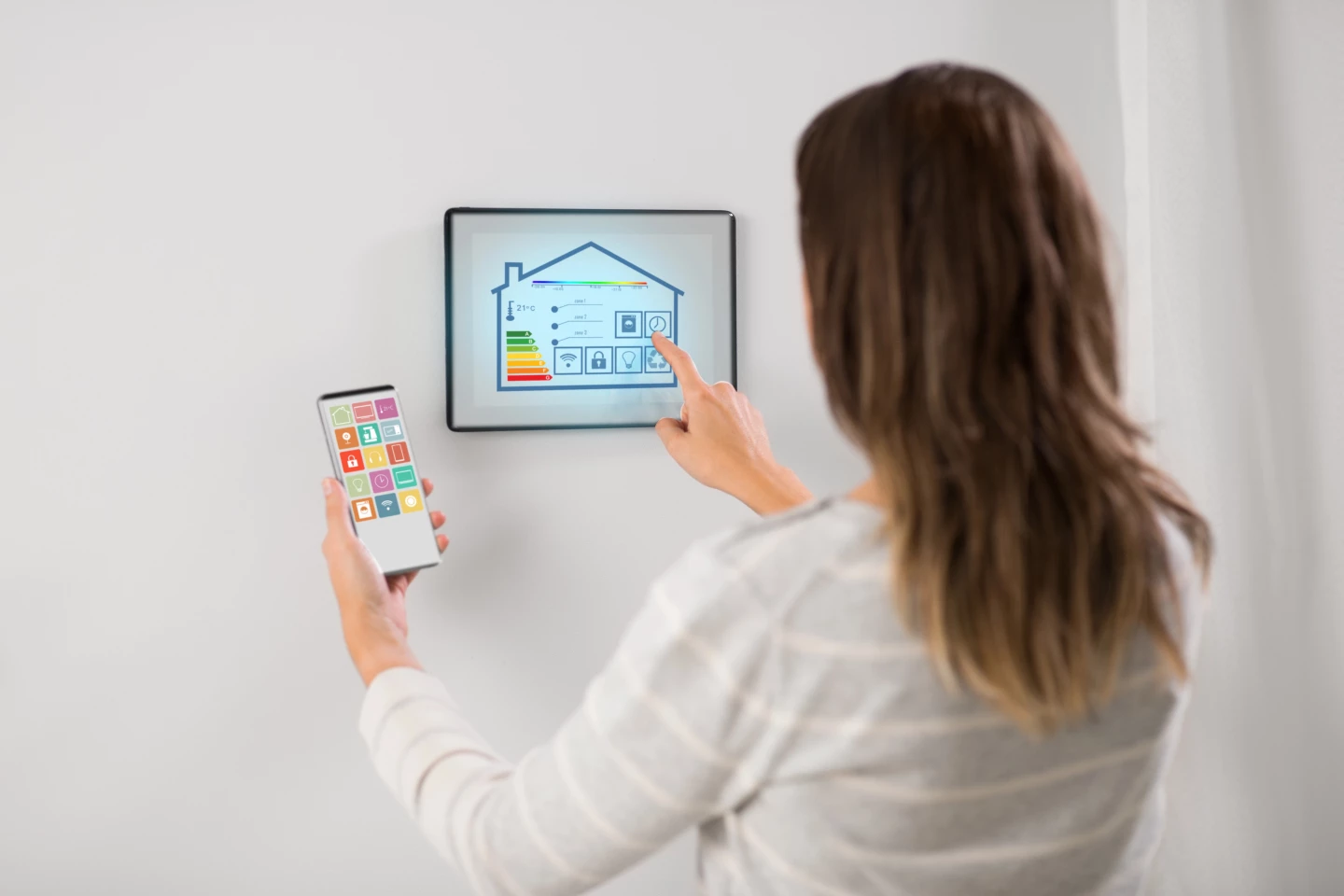Remember when roaming costs were sky-high and unreliable connections were the norm? The struggle to stay connected is now a thing of the past thanks to innovative technologies such as AI, 5G, eSIM, blockchain, and the Internet of Things (IoT).
Let’s explore each of these transformative technologies and how they’re reshaping the way we stay connected.
1. AI: Predictive Network Management
Artificial Intelligence (AI) is revolutionizing network performance. Leading telecom companies like AT&T and Verizon are utilizing advanced AI systems to monitor data usage in real time, optimize network efficiency, and provide personalized service plans—not just fixing issues but anticipating and preventing them.
Predictive maintenance based on AI has the potential to increase productivity by 25%, reduce breakdowns by 70%, and lower maintenance costs by an average of 25%. It can also reduce downtime by 40%, significantly improving network reliability.
For instance, Verizon is already deploying a full spectrum of AI, including predictive and prescriptive AI, machine learning, deep learning algorithms, and generative AI. SK Telecom and Deutsche Telekom are developing custom large language models (LLMs) specifically designed for the sector, aiming to provide users with better and cheaper customer service.
Real-world example: A business traveler using AI-driven networks can avoid delays by automatically rerouting their connection based on real-time network conditions, ensuring reliable communication during important meetings.
2. 5G: The Backbone of Faster Connectivity
Industries like healthcare, manufacturing, and transportation are leveraging 5G to enable autonomous systems, remote surgeries, and IoT-driven efficiency. South Korea’s early adoption in 2019 set a global benchmark, with over 13 million subscribers within two years. Today, 5G networks cover 51% of the world’s population, empowering smart cities and innovations like real-time remote surgeries and robotics.
Today, 5G networks are also powering advancements in AR/VR applications for education and training, while autonomous transportation systems are benefiting from ultra-reliable, low-latency connections.
Real-world example: 5G enables autonomous vehicles to communicate instantly with traffic management systems, ensuring safer and more efficient city commutes, reducing both travel time and accidents.
3. eSIM: The Future of Global Roaming
eSIM technology is revolutionizing global connectivity by eliminating the need for physical SIM cards. eSIMs provide travelers and businesses with flexibility, cost savings, and seamless connectivity.
A study by Juniper Research predicts a 440% growth in travel eSIM users by 2028. The numbers speak for themselves: in 2024, mobile subscribers typically pay around $8.57 per GB of data when roaming; by contrast, eSIM users pay just $5.50 per GB, saving 35%.
Companies like Yesim are leading this transformation, offering affordable eSIM plans that connect users across 800+ networks in over 200 destinations, including those with high international tourism (Southeast Asia, the U.S., or Australia). With added features like VPN security, Yesim ensures travelers and businesses can stay connected without the hassle of high roaming fees.
Real-world example: For frequent travelers, eSIM technology allows them to easily switch between local networks in different countries, saving time and money compared to dealing with traditional SIM cards and roaming fees.

4. Blockchain: A More Secure Way to Manage Data
Blockchain technology is enhancing security and transparency in telecommunications. Decentralizing data management, it provides tamper-proof solutions for billing systems and reduces roaming fraud. A Deloitte survey reveals that 53% of telecom executives view blockchain as essential for fraud detection and billing accuracy.
Telecom giants like Vodafone use it for transparent supply chains. Startups like Helium are creating decentralized wireless networks, allowing users to share their spare bandwidth with others in exchange for cryptocurrency.
Real-world example: For consumers, blockchain technology in telecom means tamper-proof billing and secure transactions, giving users peace of mind that their data isn’t being exploited or overcharged.

5. IoT: The World of Smart Devices
The Internet of Things (IoT) connects billions of devices, enabling smart cities, autonomous vehicles, and precision agriculture. By 2030, IoT is expected to surpass 23 billion devices, all reliant on high-speed 5G connectivity.
Current networks can already connect up to 1 million devices per square kilometer while maintaining 99.999% availability. This is transforming daily life and business operations. From smart homes with devices like Nest thermostats to IoT-powered logistics systems at Amazon, IoT enhances convenience and efficiency, enables predictive maintenance and reduces operational downtimes.
Real-world example: Smart homes, powered by IoT, allow homeowners to adjust lighting, security, and heating from anywhere—whether on vacation or during their daily commute—making life easier and more energy-efficient.

The Future of Connectivity is Seamless, Affordable, and Global
The convergence of 5G, AI, blockchain, IoT, and eSIM technologies means seamless and secure global connectivity.
AI enables predictive network management and enhances customer service through tools like custom large language models. Blockchain technology provides decentralized solutions for secure data management and seamless international connectivity. IoT leverages 5G networks to power smart cities, autonomous systems, and precision agriculture, while eSIM technology eliminates the need for physical SIM cards, offering global connectivity at reduced costs.
As these innovations continue to mature, we can expect to see even more groundbreaking applications that will reshape industries and revolutionize our daily lives.








